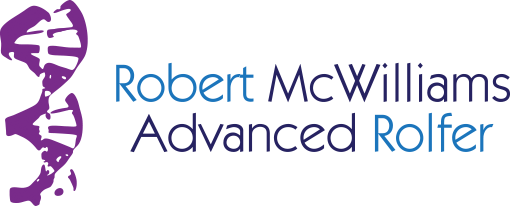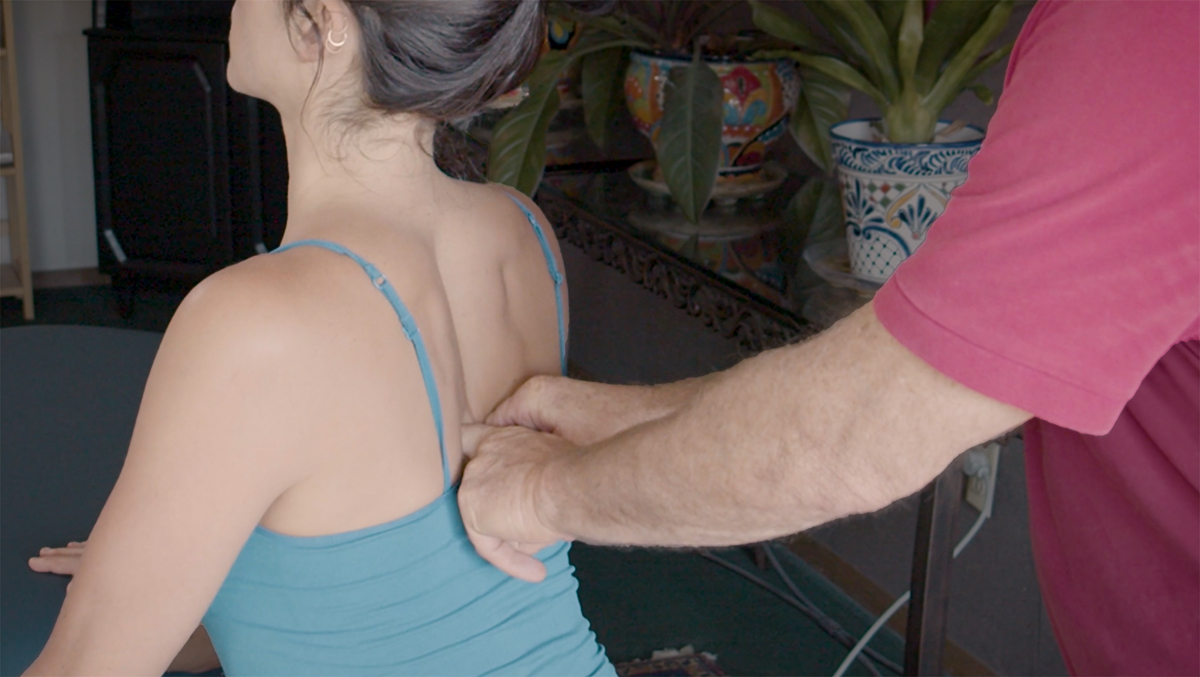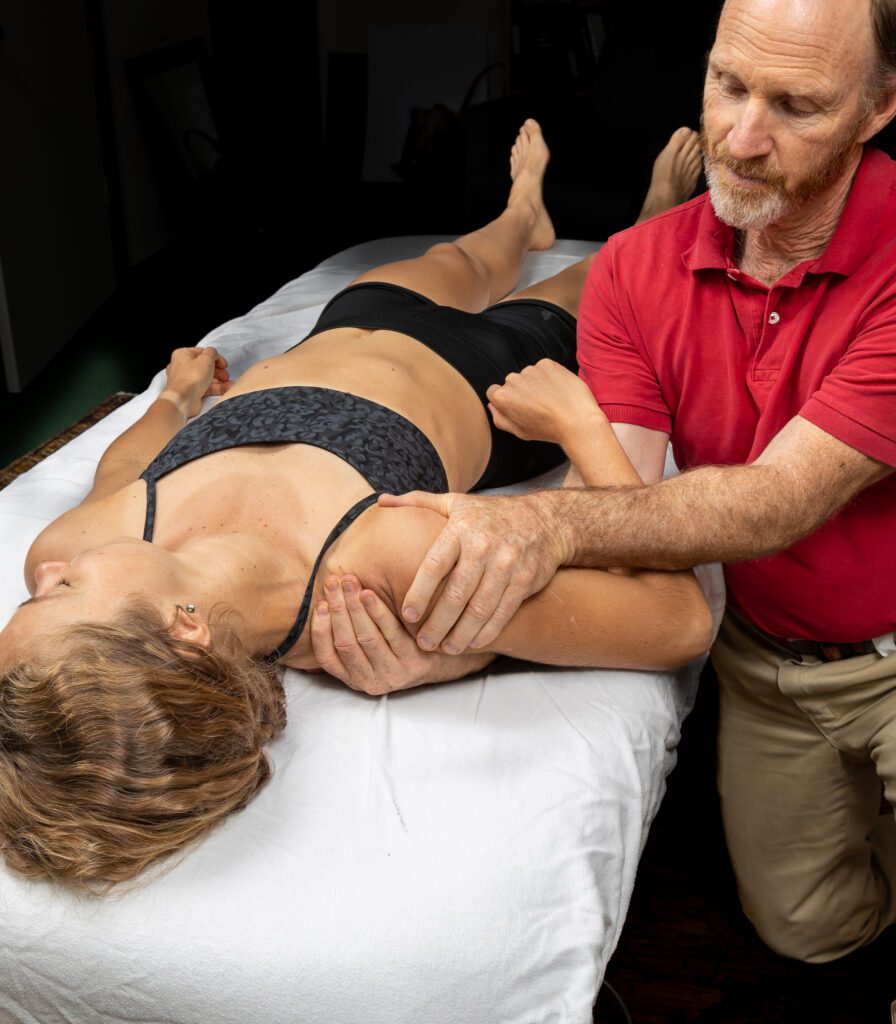What is Rolfing® Structural Integration (SI)?
A powerful form of structural bodywork created by Dr. Ida P. Rolf. Most people associate it with the 10-session series used to train practitioners. An Advanced Rolfer™, I’m trained to use all the elements from that series in novel ways, as well as create new techniques and strategies based on contemporary discoveries. This will range from combining the myofascial techniques taught at the Dr. Ida P. Rolf Institute with neurofascial, osteopathic techniques, and vascular and visceral fascial manipulation strategies. I will devise an individualized approach using all the tools I can.
Get Started Now!
Click on above buttons to schedule in your location.
Is It “Deep Tissue” Work?
Not only. Rolfing Structural Integration is much more targeted and systems oriented.
Does It Hurt?
Not so much. Once swelling is eased from superficial layers, peripheral nerves release, and the tie-ups between tissue layers open much easier. My clients report much less discomfort than expected for profoundly effective structural bodywork.
How Long Is a Session?
A session lasts about 75 Minutes.
How Long Do the Benefits Last?
It depends. To get there, some will need a full 6-12 sessions. Some people get that benefit in one session. Many people do well to plan on getting tune-ups after a few months, annually or even every few years.
Will It Help with My Issue/Pain?
I have helped people with conditions ranging from but not limited to headaches, neck pain, upper back pain, mid-back pain, lower back pain, shoulder pain, elbow pain, tennis elbow, wrist pain, sacroiliac pain, pelvic floor pain, hip pain, knee pain, ankle pain, plantar fasciitis, bunions, to a variety of non-specific pains, aches, and conditions.
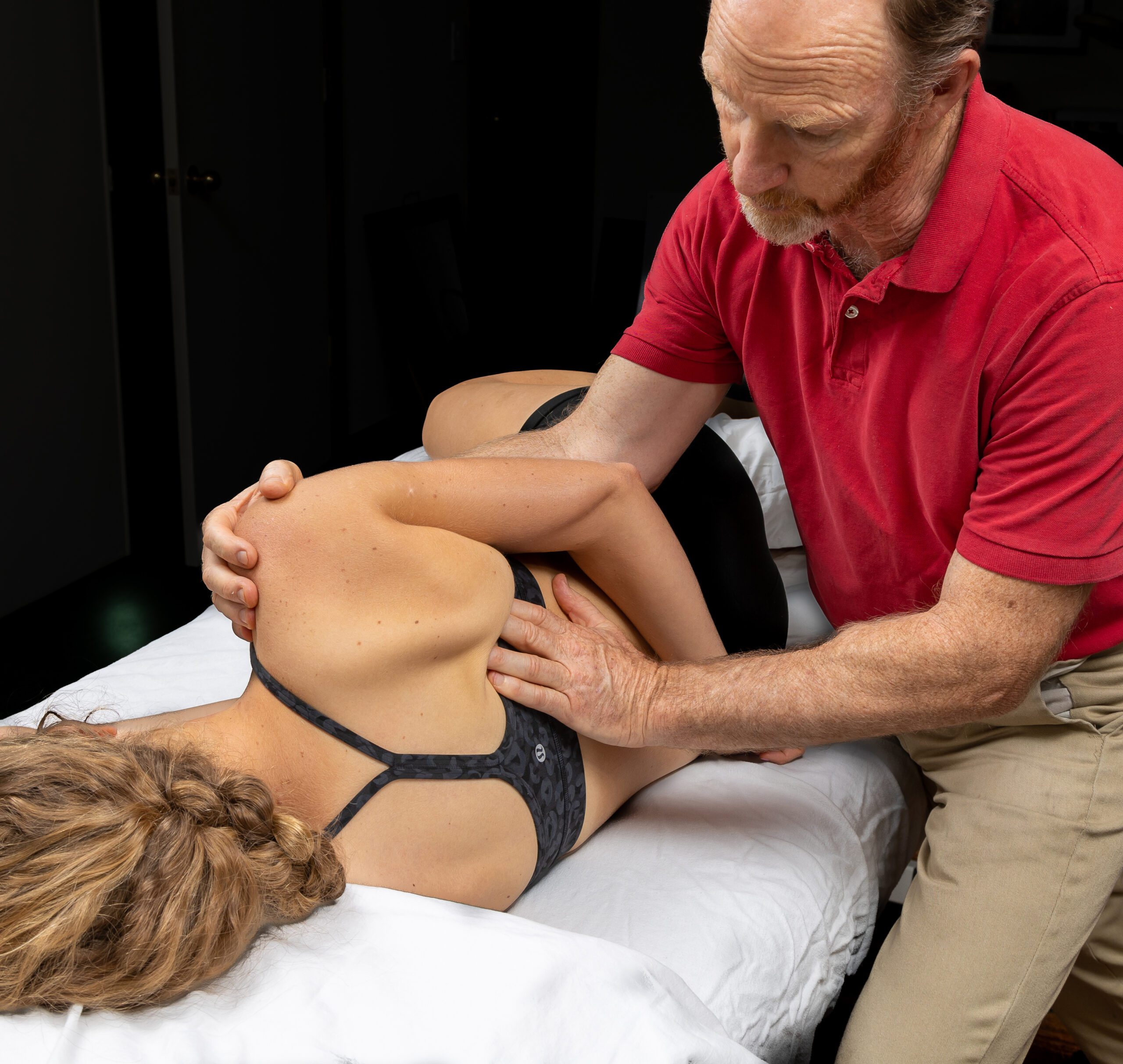
How Does It Work?
Sustainably improved movement, between fascial layers, opposing muscle groups, and different body areas is the main goal of Rolfing Structural Integration. As an advanced practitioner, I design a unique sequence to suit your body’s needs. Restoring our natural movement in the body can help us heal and renew and improve in performance and feeling tone. The fascias in the body, which include myofascial (muscle), neurofascia (nerve), viscerofascia (internal organs) and the fascial lining for blood vessels, are everywhere, encasing and interspersed throughout the body. At its core, this kind of manual therapy seeks to free up restrictions between these various layers, to allow unencumbered movement, effective drainage of waste products, excellent nourishment, and activation of muscles from unconstricted arteries and nerves. This combined approach makes the work more effective and a lot less painful.
Because of the links between different planes of tissues, and the nature of body movement in general, work away from the area of pain can be the most significant. That’s because restrictions cause excess stretch even on distant vulnerable areas, causing pain and blocking the normal flow of movement and coordination. Working in a targeted, gradual approach gives the body time to adapt to deep changes, in structure and movement.
Easing strain on the peripheral nerves is especially helpful for easing pain. When the nerve tissues are slackened, the whole area becomes more relaxed. Part of the means of doing this involves easing the fluid pressure from swelling on the nerves by gently shearing superficial fascial layers that have entrapped the fluid. Relieving this pressure from backed up veins and lymph nodes helps us feel a lot better. Easing the peripheral nerves also helps facilitate the overall goal of myofascial balancing of Rolfing Structural Integration, making the tissues more malleable, and the work a lot less painful. visceral and vascular work for easing pain and re-activating muscles; myofascial work for general mobility; cranial work for deep relaxation and in-depth movement work to improve awareness, coordination, stability, and strength.
Rolf Movement
Rolf Movement®, in person and online, focuses on movement awareness, core stability, coordination and fluid power. The work can be very effective for evolving a vocabulary of special exercises to further your goals in rehabilitation, enhanced stability, and strength of athletic performance, or just give a framework to the gains experienced in the hands-on treatments.
According to a five year study at the UCLA
Department of Kinesiology, Rolfing gave:
- Greater physical skill
- Emotional calmness; decrease in anxiety state
- Improved social interaction
- Feelings of well being
- Memory recall
- Increasing brain hemisphere balance and alacrity
- Greater movement efficiency
- More energy; less fatigue
- Improved neuromuscular balance
- Greater energy flow and balanced distribution of energy
How Can Rolfing Help With Hip Pain?
Usually pain eases in 3-5 sessions, using treatment of the nerves, and the pelvic, lumbar and abdominal area fascias and joints.
For more, please see the video below.
How Can Rolfing Help With Other Pain
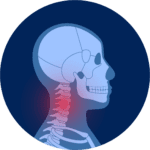
Neck Pain
Neck pain and headaches are extremely common, and can have different causes. They are often caused by restrictions and pulls through the body structure, especially in the the ribs and upper back, reflecting restrictions around the heart and organs, but even can be caused by restrictions in the abdominal area. This can often be relieved through my work in 3-5 sessions.
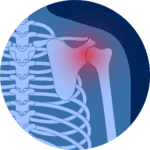
Shoulder Pain
Body Aches can be caused by an excess of inflammatory response cause by an overexcited sympathetic branch of the autonomic nervous system (aka the fight flight response). An important part of my work is to ease this system, increase tone in the vagus nerve and enhance your ability to relax, generally.
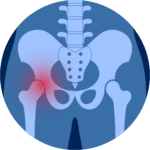
Hip Pain
Neck pain and headaches are extremely common, and can have different causes. They are often caused by restrictions and pulls through the body structure, especially in the the ribs and upper back, reflecting restrictions around the heart and organs, but even can be caused by restrictions in the abdominal area. This can often be relieved through my work in 3-5 sessions.
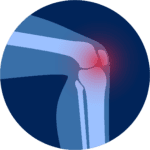
Knee Pain
Neck pain and headaches are extremely common, and can have different causes. They are often caused by restrictions and pulls through the body structure, especially in the the ribs and upper back, reflecting restrictions around the heart and organs, but even can be caused by restrictions in the abdominal area. This can often be relieved through my work in 3-5 sessions.
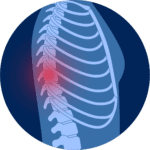
Back Pain
Body Aches can be caused by an excess of inflammatory response cause by an overexcited sympathetic branch of the autonomic nervous system (aka the fight flight response). An important part of my work is to ease this system, increase tone in the vagus nerve and enhance your ability to relax, generally.
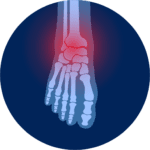
Foot Pain
Neck pain and headaches are extremely common, and can have different causes. They are often caused by restrictions and pulls through the body structure, especially in the the ribs and upper back, reflecting restrictions around the heart and organs, but even can be caused by restrictions in the abdominal area. This can often be relieved through my work in 3-5 sessions.
Why Do a Rolfing Series?
A series commitment to Rolfing gives you a thorough approach to your whole body’s patterns. The sessions are cumulative, building on each other, and the benefits of a series are much more sustainable than an independent session here and there. I design a unique sequence based on your needs.
Rolfing® Structural Integration Series Overview
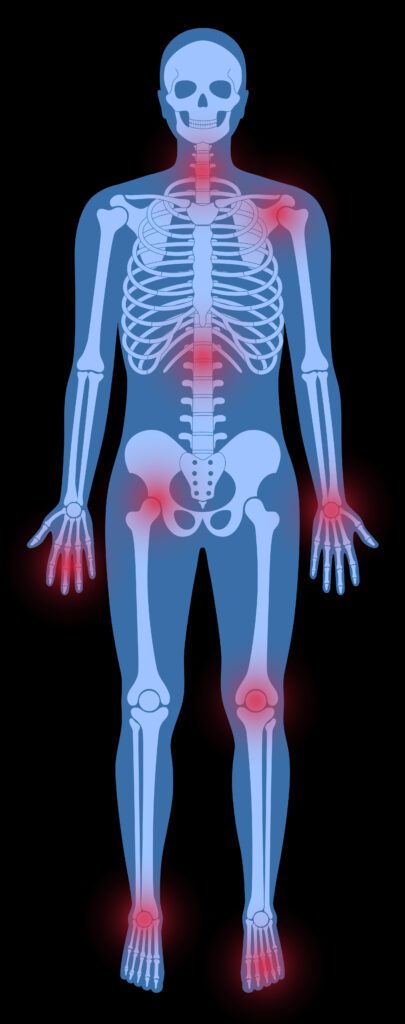
Sleeve Sessions
Open the breath
A free and open breath prepares the body for the demands of the upcoming changes. A full breath provides support for the chest, shoulders, and neck. Some work on the arms may occur.
Find the feet
Opening the breath changes the physical demands on the feet, so we create fl exibility and adaptability there so that the whole body can feel supported.
Lengthen the sides, balancing front and back
Now we open up the sides of the body and diff erenti ate soft tissue of the pelvis from that of the ribs to allow the pelvis more movement options.
Core Sessions (deep tissues influencing spine)
Find support for and access “the core” from the bottom
The core begins from the base of the pelvis up through the roof of the mouth. We start this session by finding support through the ankles up along the inner leg before accessing the core.
Access the core from the front
We focus on the deep tissues dealing with the front of the spine and core space to establish flexibility in the low back.
Access the core from the back
We address the deep tissues of the back of the spine and core space to establish flexibility in the low and upper back.
Access the core from the top
By working in, on, and around the head, we balance the head and neck atop the flexible spine.








Integration Sessions
Integrate the upper/lower body
Depending on the needs that present themselves, we solidify changes in the upper or lower body. Integration sessions help reprogram movements and make changes last.
Integrate the upper/lower body
Changes in the other part of the body are reviewed in light of the changes of the previous session.
Integrate the entire body
We coordinate soft tissue movement across multi ple joints so that movement can be as unfett ered and free as possible.
